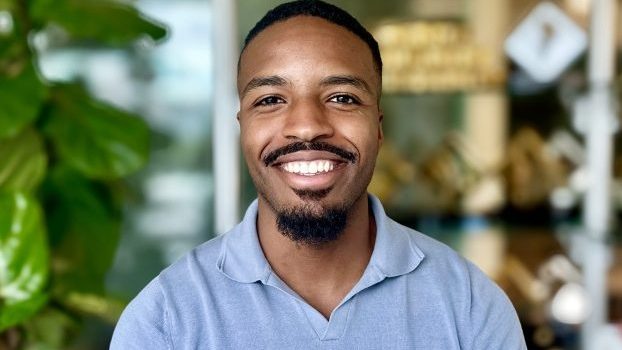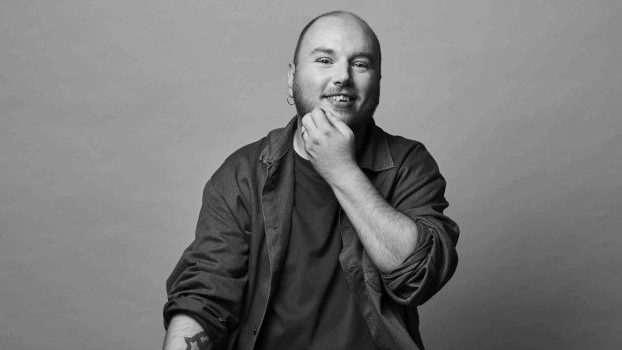
This story originally appeared in the May 2019 issue of strategy.
To get, you must give.
Some CPG players found their groove in shopper programs that extolled the virtues of paying it forward. Many put up their hands, asking consumers to ride shotgun in charitable efforts to build young girls’ self-esteem or bring families together.
One in three Canadians spend the holidays apart. This stunning statistic led to the insight for Kraft Peanut Butter’s “100,000 Hugs for SickKids.”
Working with Rethink, the brand turned its beloved characters Crunchy and Smoothie into physical bears that connected loved ones across Canada. The WiFi-enabled bears could send hugs to each other anywhere in the world. When one is hugged, it activates the other by lighting up the bear’s bow-tie. The Bronze Partnering program began with a live stunt in Toronto and Vancouver, where the two 10-foot bears could be hugged in both cities. Regular-sized bears were also given to the crowd, one for a person to keep, the other to give to a loved one.
To really drive the idea home, it partnered with SickKids and put Canadians’ hugs (which were given on social channels via #KraftBearHugs) to good use. For every hug, $1 was donated to the hospital.
The goal was to collect 100,000 hugs. In under six hours, it had collected over 400,000. And thanks to a grassroots campaign by K-pop band, BTS, the campaign went global and the final hug count clocked in at over two million.

Dove, too, rallied shoppers to help its mission to support a cause close to its heart: inspiring self-esteem in young people. The Unilever brand encouraged people to “Pay Confidence Forward” by purchasing its products at Shoppers Drug Mart and potentially step outside their comfort zone.
Through a partnership with WE Charity and its social enterprise ME to WE, Team Unilever Shopper and Geometry created a contest that encouraged moms and their daughters to enter for the chance to win a trip to a developing country, such as India, where they could help promote confidence among young girls.
In the Bronze Custom Retail-winning program, Dove reached Canadians before they visited Shoppers via mobile, social and digital ads, and reminded them of the program in-store and at shelf, through handouts and merchandising. There were more than 200 entries to participate (20% more than last year for a similar program), and the program garnered six million impressions in the end.
While giving back can involve donating your time to travel across an ocean, it can be just as effective through the simple act of buying a lunch.
For over 100 years, Dempster’s has been made by Canadians for Canadians. And one of its goals has been to fight against one of the country’s biggest issues: hunger.
Every month, more than 850,000 Canadians turn to food banks for help. Dempster’s decided to help nourish those who need it most through its “Buy a Lunch, Give a Lunch” program, where for every purchased product, two slices of bread would be donated to Canada’s food banks.
To create awareness of the Bronze CSR program, Dempster’s and Cundari partnered with Amazing Race to sponsor a Food Bank challenge, where they were able to highlight the issue of hunger to 3.2 million Canadians. Dempster’s also promoted its message in-store, on TV and online. In the end, Dempster’s was able to donate two million slices of bread to food banks, which led to a sales growth of 8% as two million incremental units were sold during the campaign.
Finding purpose in content
When Tim Hortons wanted to drive love for its brand, the QSR used content to reinforce its credentials as a champion of hockey. And, in the process, it helped a small Kenyan hockey team in need.
There’s just one ice hockey team in Kenya – the Ice Lions. The team has no one to play against, and so working with Zulu Alpha Kilo, the brand flew them to Canada so that they could compete against local league players.
Tims documented “The Away Game” (which won a Gold Original Idea and Silver Out of the Box Retail) and created different versions of the film for social. The video had four million views in the first four days and Sportsnet later aired an 18-minute version of the short film during primetime.
As a result, Tim Hortons saw a 3% lift in store traffic during the month following the film’s release – an extra 150,000 customers per day and 4.5 million guest visits per month. The QSR is now providing funding so that the Ice Lions can create a Kenya youth league and never have to play alone again.
Also taking a purposeful content approach, Uber partnered with M.A.D.D. for its own advocacy campaign during the holidays.
Zulu Alpha Kilo found Shelly, a woman who became an Uber driver after her daughter was killed by a drunk driver. The team followed her as Uber customers made their way home with Shelly, and documented their emotional conversations into a social video.
People are desensitized to ads that show the personal risks of impaired driving. And so working with a mother whose child was a victim to drunk driving meant being able to connect with people on a different level. Shelly’s story reached 1.5 million Uber users through its app and the brand’s fundraising goal of $100,000 was achieved in less than three weeks, 11 days ahead of its target. The campaign also picked up a Gold Partnering and a Silver Experiential award.
And finally, in a campaign that was embedded in already-existing content, YWCA and Rethink got people talking about the sexualization of women and girls.
The world is filled with warnings, from newscasts to films. But on YouTube, there’s nothing that warns youth about the content they’re about to watch. The YWCA wanted them to be aware of how sexualization in pop-culture contributes to violence against women. So it hijacked music videos by placing a six-second warning before they played. The unskippable format of “Six-Second Ambush Advisories” also meant the warnings couldn’t be ignored.
The YWCA’s small-scale campaign (which picked up a Gold Targeting) showed why women’s equality is more important now than ever before.
All in for SickKids
SickKids and Cossette get three SIA nods for campaigns that moved people to reach for their wallets and donate to the foundation’s cause.
The “All In” iteration of SickKids’ “VS” campaign began with a media event and an online film. The spot (which won a Gold ROI, Silver Integration, Bronze Acting on Insights and Bronze Design) showed Toronto kids working together towards the single goal of rebuilding the hospital. The city was also blanketed in OOH ads, from billboards to street car wraps, with the help of UM. From there, the team took the campaign to communities, with local businesses donating walls for murals that called for neighbourhoods to join the fight.
“VS” was successful in converting donors, however the foundation’s prospect list was quite thin. People see SickKids as more than just a hospital – for many patients, it’s like family.
So the team created an online “Family Tree” to connect members of the SickKids clan, from patients to staff. The Gold Data, Silver Targeting and Bronze Design-winning tree was about gathering data, not donations. When people signed up, it asked them to identify how they were connected to SickKids, which the foundation used to grow its list of new prospects.
And, finally, the hospital took another targeted approach, this time with radio.
“Airtime” encouraged companies to donate a portion of their radio advertising to spread the word about what SickKids is doing to fight Cystic Fibrosis. Hasbro, Telus, Mercedes and McDonald’s participated (which won a Silver Original Idea and Silver Partnering award), and the team created four radio ads, showcasing each partner and narrated by SickKids patients.




























